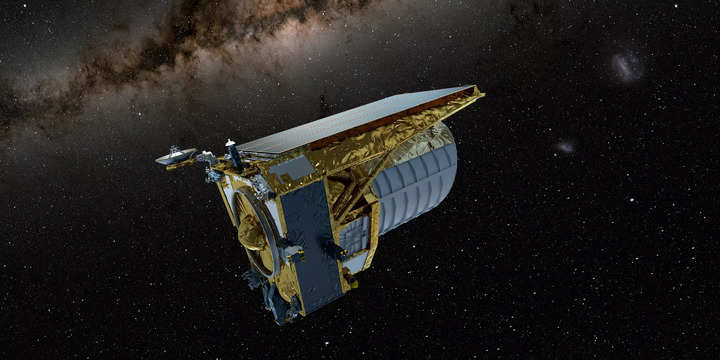

European Space Agency (ESA) sent a telescope into outer space almost a month ago. The Euclid telescope is tasked with exploring the universe’s mystery of dark matter and dark energy. The ESA telescope has now clicked and sent its first test images. These new images indicate that the telescope and instruments are working well. The pictures also suggest that the telescope will hopefully achieve the scientific goals that it has been designed for.
In a statement, Euclid project manager Giuseppe Racca said: “After more than 11 years of designing and developing Euclid, it’s exhilarating and enormously emotional to see these first images. It’s even more incredible when we think that we see just a few galaxies here, produced with minimum system tuning. The fully calibrated Euclid will ultimately observe billions of galaxies to create the biggest ever 3D map of the sky.”
Euclid telescope’s first images: More details
Euclid took these images using visible and near-infrared instruments. The telescope is fitted with a visible-wavelength camera (VIS), which takes crisp images of galaxies over a large fraction of the sky.
Euclid is also equipped with a Near-Infrared Spectrometer and Photometer (NISP), which can analyse infrared light emitted from galaxies. This device can identify the wavelength of the infrared light to accurately establish the distance of the galaxies.
The images sent by the Euclid telescope have a lot of details. However, the area of the space that it covered is only about a quarter of the width and height of the full Moon seen from Earth.
Read Also


Apart from calculating the distance of each galaxy, Euclid’s NISP instrument has other roles. The instrument can take pictures of galaxies in infrared light and can also measure the amount of light the galaxies emit at various wavelengths.
Scientists will be able to map the distribution of galaxies throughout the universe and their changes over time by combining the distance data with shapes measured by VIS. This will also help to create a 3D map of the space which can be used to detect dark matter and dark energy.
FacebookTwitterLinkedin
end of article